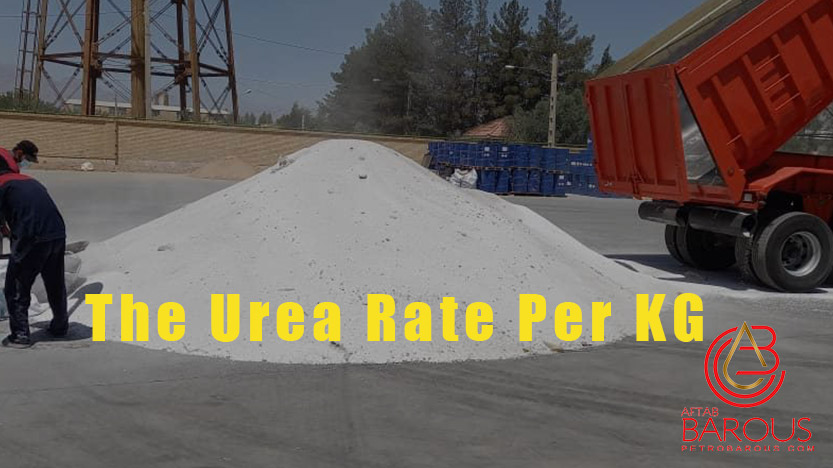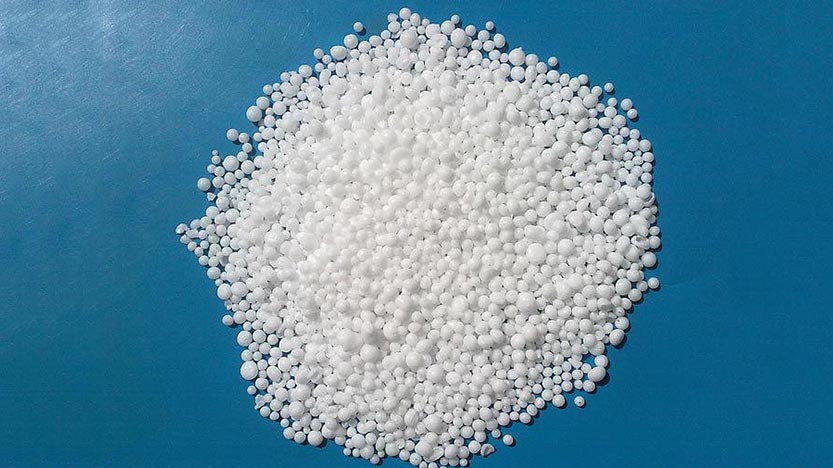Urea is a compound of nitrogen and carbon and is the most widely produced and used fertilizer in the world. It is a key component of agricultural production and is used to increase crop yields and enhance soil fertility. Urea is a white crystalline solid and is highly soluble in water. It can be used for a variety of agricultural applications, including top dressing, foliar spraying, and soil application.
Urea Rate Per kg
The urea rate per kg (kilogram) is an important factor when considering the cost of applying urea to a crop. The urea rate per kg is affected by several factors, including the type of crop, the region or climate where it is being applied, and the amount of rainfall and water available to support the growth of the crop. The rate of urea application is also affected by the type of fertilizer used and the application method.
The urea rate per kg is typically expressed in terms of the amount of urea required to obtain a certain yield of the crop being grown. The amount of urea needed to achieve a desired yield is determined by a number of factors, including the soil type, soil fertility, and the climate. The rate of urea application is also affected by the method of application, such as broadcast, band application, or injection. Different types of urea can also have different rates of application.
Factors Affecting Urea Application Rate
The urea rate per kg can vary significantly depending on the type of crop being grown and the region or climate where it is being applied. For example, in some regions, the rate of urea application may be higher due to higher temperatures and/or lower rainfall. In other regions, the rate of urea application may be lower due to cooler temperatures, higher rainfall, and/or a higher soil fertility.
Urea 46% Supplier 🌟 Contact Us
Urea 46% Supplier 🌟 Petro Barous Company
Determining the Optimal Rate of Urea Application
In order to determine the optimal rate of urea application, it is important to consider the type of crop, the region or climate, and the amount of rainfall and water available to support the growth of the crop. Additionally, it is important to consider the type of fertilizer being used and the method of application. Once all of these factors are taken into account, a rate of urea application can be determined for the particular crop and region.
When applying urea, it is important to ensure that the rate of application is correct. Applying too much or too little urea can lead to lower crop yields and soil fertility issues. To avoid this, it is important to follow the recommended rate of application for the particular crop and region. Additionally it is important to consider the weather conditions, such as the amount of rain, wind speed, and temperature, which can affect the rate of application.
What Type of Urea to Use
It is also important to consider the type of urea being used. Different types of urea have different levels of nitrogen and can have different rates of application. For example, the rate of application for ammonium nitrate may be different than the rate for urea. Additionally, the type of fertilizer being used can affect the rate of application.
Finally, it is important to consider the method of application when determining the rate of urea application. Different methods of application, such as broadcast, band application, or injection, may require different rates of urea application. Additionally, the type of equipment used for the application can affect the rate of application.
In conclusion, the urea rate per kg (kilogram) is an important factor to consider when applying urea to a crop. It is important to consider the type of crop, the region or climate where it is being applied, the amount of rainfall and water available to support the growth of the crop, the type of fertilizer being used, and the method of application in order to determine the optimal rate of urea application. Additionally, itis important to consider the type of urea being used, the weather conditions, and the type of equipment used for the application. By taking all of these factors into consideration, the optimal rate of urea application can be determined for the particular crop and region.
Urea 46% Supplier 🌟 Contact Us
Urea 46% Supplier 🌟 Petro Barous Company






